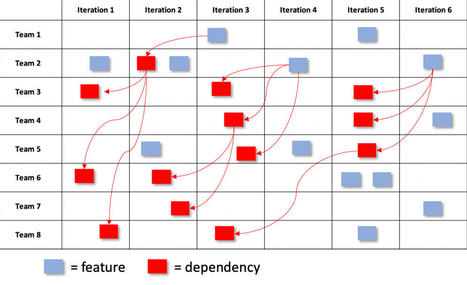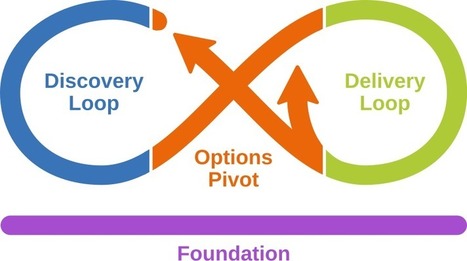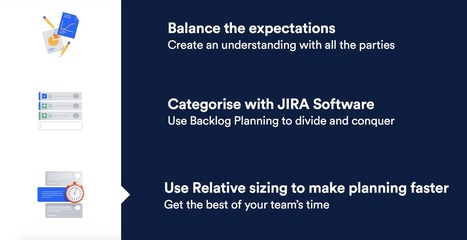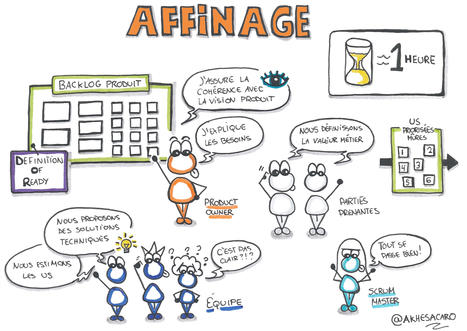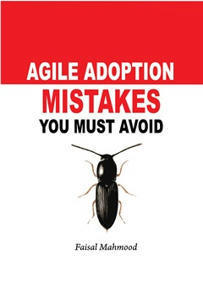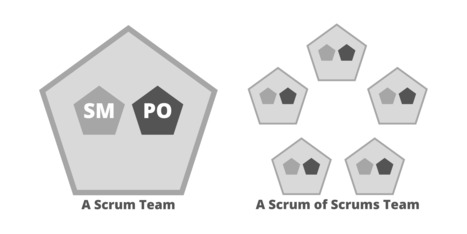Good refinement:
Leads to better solutions, since it’s the product of many smart minds
Reduces the number of surprises during the sprint, since the team thought about risks and dependencies in advance
Provides accurate information about the technical complexity, which can be used to plan and prioritize the product backlog
Leads to better estimations and thus better predictability
Leads to better quality and efficiency, since the team can divide tasks in such a way that everyone contributes with their specialized knowledge
Ensures that the team delivers the highest value first
Gives stakeholders time to define and discuss their needs with their supporters, such as operational employees
Increases flexibility, because changes in priority have no impact on team effectiveness
Results in commitment by the whole team, since everyone is involved the definition of the solution
Unfortunately, many teams do not unlock the full potential of refinement.
Research and publish the best content.
Get Started for FREE
Sign up with Facebook Sign up with X
I don't have a Facebook or a X account
Already have an account: Login
For Product Owners/Product Managers and Scrum Teams: Growth Hacking, Devops, Agile, Lean for IT, Lean Startup, customer centric, software quality...
Curated by
Mickael Ruau
 Your new post is loading... Your new post is loading...
 Your new post is loading... Your new post is loading...
|
|






